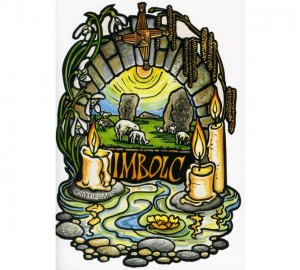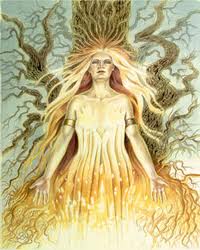Winter and the Full Future Moon
Saturday gratefuls: the full future moon lighting up Black Mountain Drive when I went for the Denver Post at 6 am. The crunch of the snow. The starry sky. The groomers at Petsmart for spiffing up Gertie, Rigel, and Murdoch. Kep’s on Monday. Kate’s weight at 101. Her increased energy and good spirits. Stefan and Lonnie in Vail. Stefan’s new hip.
Buddy Tom Crane, a cognoscenti of contemporary poets, found a book, A Dog Runs Through It, by Linda Pastan, former poet laureate of Maryland. Thanks for the gift, Tom.
Here’s a stanza from her poem, Envoi:
“We’re signing up for heartbreak
We know one day we’ll rue it.
But oh the way our life lights up
The years a dog runs through it.”
Those years have been, for Kate and me, thirty plus. And not just a dog running through them, but an ever renewing pack, sometimes as large as seven, now down to three plus a guest.
My first dog, Diamond, a puppy with brown and white fur, a misshapen diamond mark on his forehead, I barely got to know before someone fed him hamburger with ground glass. It still makes me sad, 64 years later.
The second dog, whose name I can’t recall right now, a black and white bouncy one, went after a five year old girl who leaned into the stroller to pet my infant brother, Mark. Dad told me he went to a “farm in Tennessee.” Uh huh. One of the reasons I lost trust in my father.
Steppenwolf, a German Shepherd. Dundee, a Sheltie. Both went to better homes than I could provide. Steppenwolf due to divorce and Dundee to my ignorance about how to care for dogs.
Kate was a long time dog owner when I met her. She had Buck and Iris, Whippets, and Bemish, who was old and died before I could get to know him. I learned from her how to be with dogs, how to love them, how to accept their love, how to care for them.
Since then, we’ve had Irish Wolfhounds, many, more Whippets, two IW/Coyote Hound mixes (Vega and Rigel), and two family rescue dogs, Gertie, a German Shorthair pointer, and Kepler, an Akita. Murdoch, also an Akita, is here for eleven months, then he’ll return to his mom and dad.
My heart is full with dog. Licks, kisses, wiggles, jump ups, digging, running, hunting, killing, barking, growling, fighting. Joy over their happiness and grief over their pain and their deaths. So many memories, so many deaths. So much joy. So much sorrow. Life. Life. Life.
When we consider our life situation, it’s not only about us, but also about the dogs. Part of our reason for staying on the mountain is our fenced in yard. Easy for the dogs. Good for them. No heart worm. No fleas. No ticks as long as they stay in the yard.
Hilo who would crawl up into my armpit for a nap. Gertie who lies with her head on my pillow at night. Celt stepping on my snowshoes. Sorsha with a squirrel in her mouth and another in sight, frozen in place. Emma standing on the big downed cottonwood surveying her realm. Vega and Rigel digging holes in Andover. And so many, so many more.
Dogs run through our lives, Kate’s and mine. Sharp teeth, four legs, wagging tails, floppy ears and alert ears, noses, always noses, taking in a world we humans cannot access. Asleep in our lap or near our chair. Eating. Getting treats, heads turned up, expectant.








